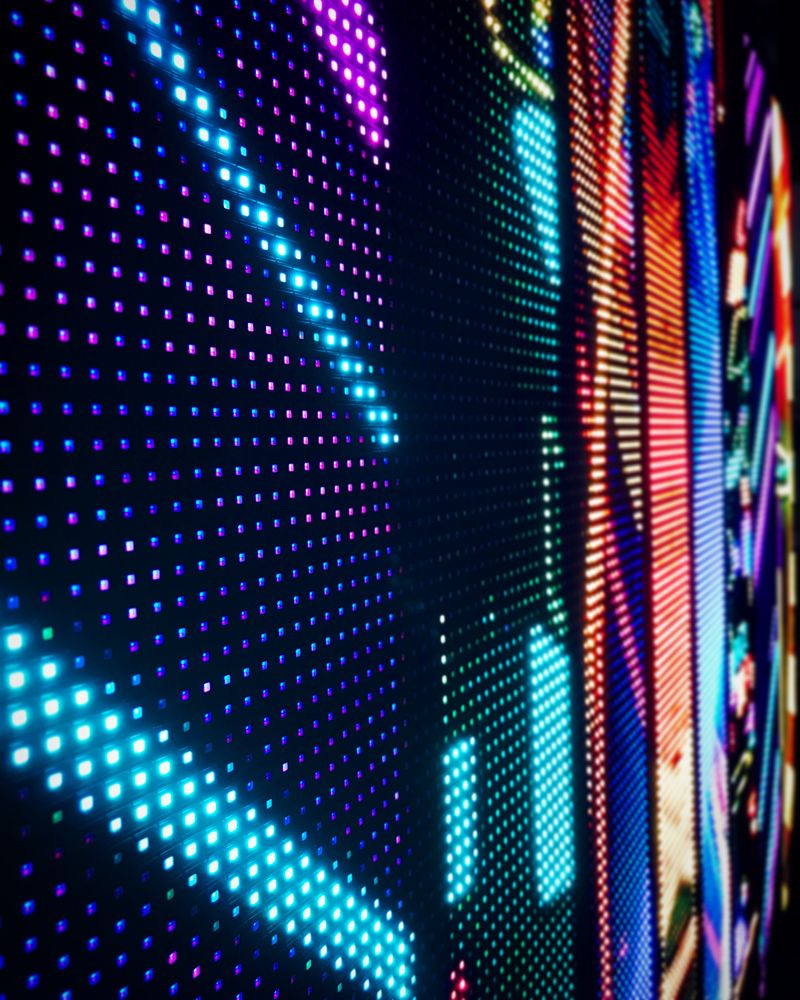When talking about image clarity, it is crucial to take into account picture spacing, which is the gap between the midpoint of one pixel to the center of the next pixel. A reduced pixel pitch yields a higher resolution, allowing for additional detail in the images displayed. For example, an LED wall with a pixel pitch of 1.5mm will offer a clearer visual than one with a pixel pitch of 3mm. This is especially important in environments where viewers are near to the display, such as in a small location or a exhibition event booth. In these cases, a greater resolution can greatly enhance the viewing experience.
Another aspect of resolution is its effect on hue precision and brightness. LED walls with higher resolutions often have superior hue reproduction, indicating that the colors shown are more lively and true to life. This is essential for applications like advertising, where the objective is to attract interest and communicate a concept efficiently. Additionally, higher resolution displays can maintain brightness levels even when viewed from various angles. This is important in big venues where audiences may be seated at various distances and angles from the display.

The functionality of LED screens is also influenced by image clarity in led video wall rental for events terms of update frequencies and response times. A higher resolution screen can support quicker update frequencies, which is crucial for fast-moving material such as videos and motion graphics. This means that the images on the screen will appear smoother and increasingly seamless, improving the overall observing quality. In comparison, lower resolution screens may struggle with dynamic content, leading to blurriness or lag. Therefore, for occasions that depend on dynamic images, selecting a screen with a appropriate image clarity is vital.
In conclusion, image clarity plays a crucial role in determining the functionality and image clarity of LED screens. Elements such as picture spacing, hue precision, luminosity, update rates, and response times all contribute to how efficiently a display can communicate information and engage viewers. As technology continues to advance, understanding these elements will assist operators select the right LED wall for their particular needs, guaranteeing that they obtain the optimal potential outcomes in their displays and occasions.